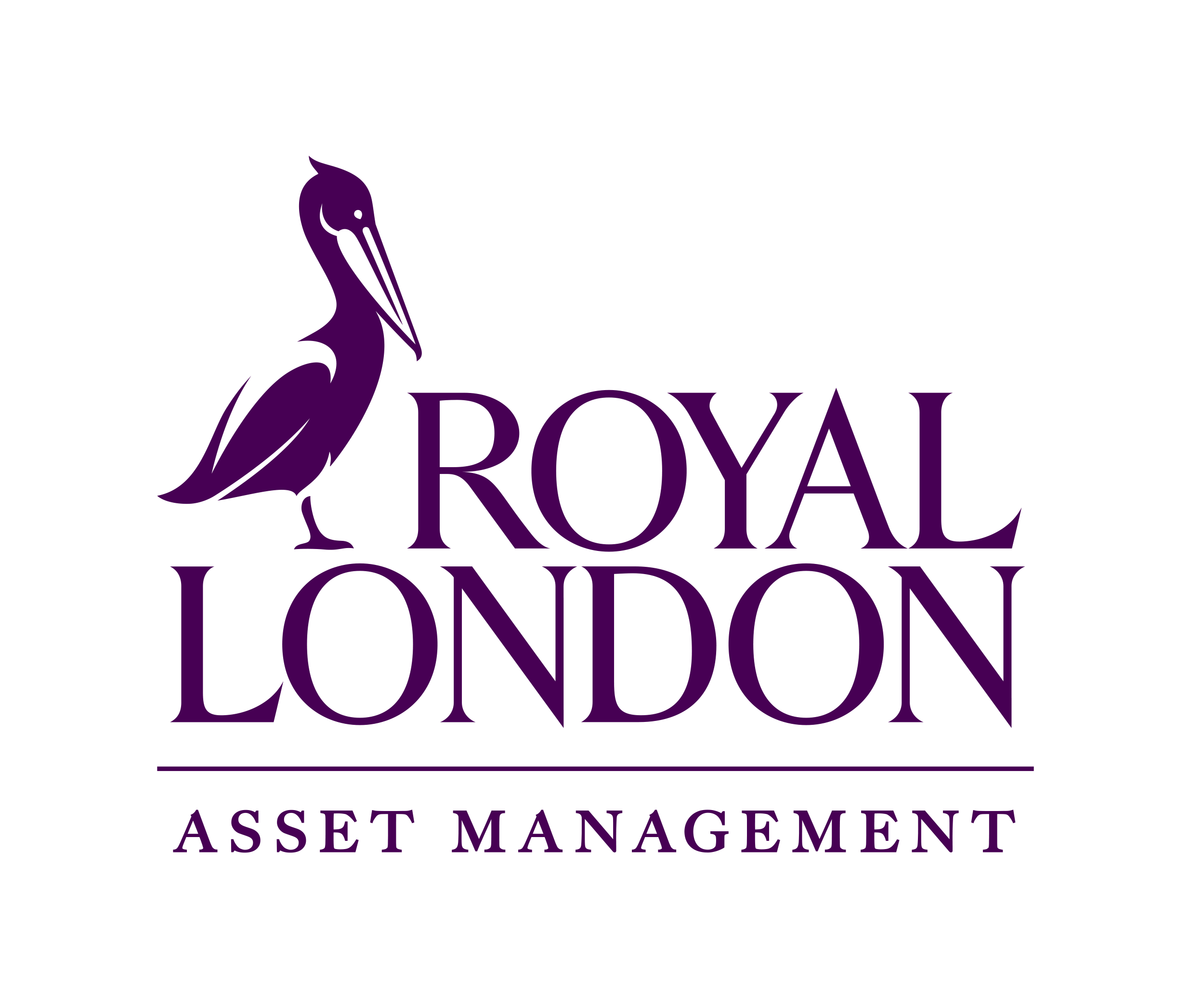A few short weeks ago, expectations around the European Central Bank’s (ECB) April 2025 Monetary Policy meeting were mixed. Following a sixth consecutive rate cut, would now be the time to pause the easing?
Inflation appeared to be on track to meet the ECB’s 2.0% target, or would further cuts be necessary to move closer to neutral? At the March 2025 meeting, the decision to cut rates by a further 25bps was not unanimous–one governor (Austrian Central Bank Governor, Robert Holzmann) abstained from the vote, adding to the uncertainty regarding what the ECB would do in April.
European Overnight Index Swap markets reflected this uncertainty with a 50-70% probability of a further rate cut in April being priced. However, the fallout from Trump’s “Liberation Day” tariff announcements in early April, and subsequent heightened trade tensions, have changed all this. The market had moved to fully pricing a 25bps cut at the April meeting, and the ECB didn’t disappoint with a unanimous vote to do so.
The decision was framed by the heightened uncertainty that has arisen since Trump’s 2nd April announcement on tariffs (albeit a large proportion of which have since been suspended), leading to tighter financial conditions (as bond yields have risen) and bleaker prospects for economic growth within the Eurozone. ECB President Christine Lagarde also revealed that a larger 50bps rate cut was debated (although there was no vote for this), something which she had previously flatly shut down when questioned on.
The removal of the term “restrictive” when referring to monetary policy in the press release to accompany the ECB’s decision would previously have been interpreted as a hawkish signal. This time round, additional references to the potential for growth to deteriorate due to the trade shock, meant that the market interpreted the statement as mildly dovish, recognising that the ECB would be prepared to continue cutting and take rates into accommodative territory if necessary.
In the press conference, Lagarde emphasised the need for the ECB to be agile to address the fact that we do not operate in a “shock free world” – and (she suggested) anyone who thinks we do live in a shock free world perhaps needs their head examined. She emphasised that a lot can change in the six weeks between meetings, and that the ECB needs to be prepared to act as the situation evolves, so committing to a pre-set policy path makes even less sense now.
“After a tumultuous couple of weeks in European Government Bonds, the market seems to have taken some comfort from the ECB’s stance.”
After a tumultuous couple of weeks in European Government Bonds, the market seems to have taken some comfort from the ECB’s stance, with yields falling by around 5bps on average across curves. While the global environment remains highly uncertain, it would appear that the ECB is prepared to adapt to try and inject a degree of stability by being “agile”. It is likely that heightened volatility is here to stay for a while longer at least, presenting opportunities for the nimble, active government bond manager.
For professional investors only. This material is not suitable for a retail audience. Capital at risk. This is a financial promotion and is not investment advice. Past performance is not a guide to future performance. The value of investments and any income from them may go down as well as up and is not guaranteed. Investors may not get back the amount invested. Portfolio characteristics and holdings are subject to change without notice. The views expressed are those of the author at the date of publication unless otherwise indicated, which are subject to change, and is not investment advice.

